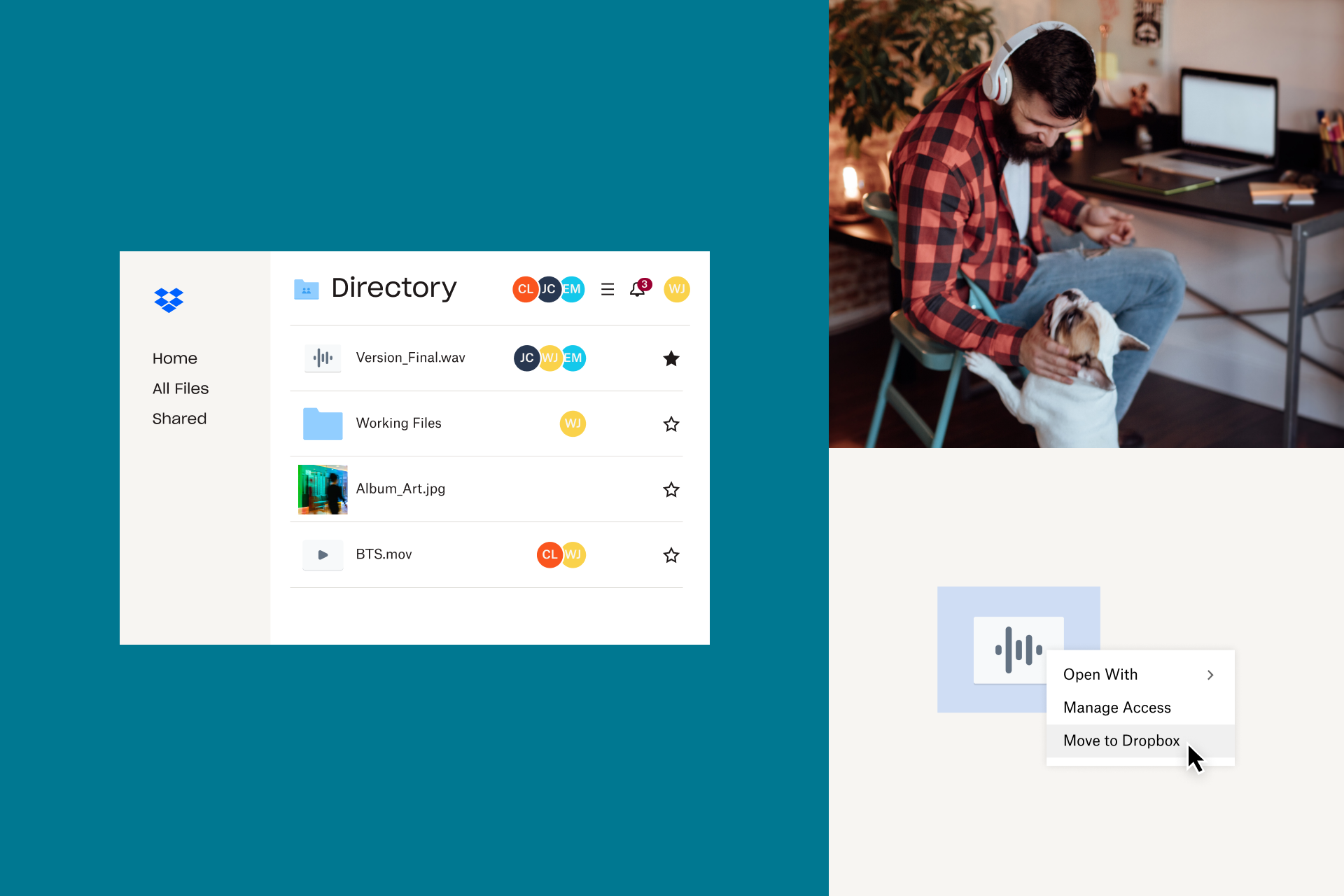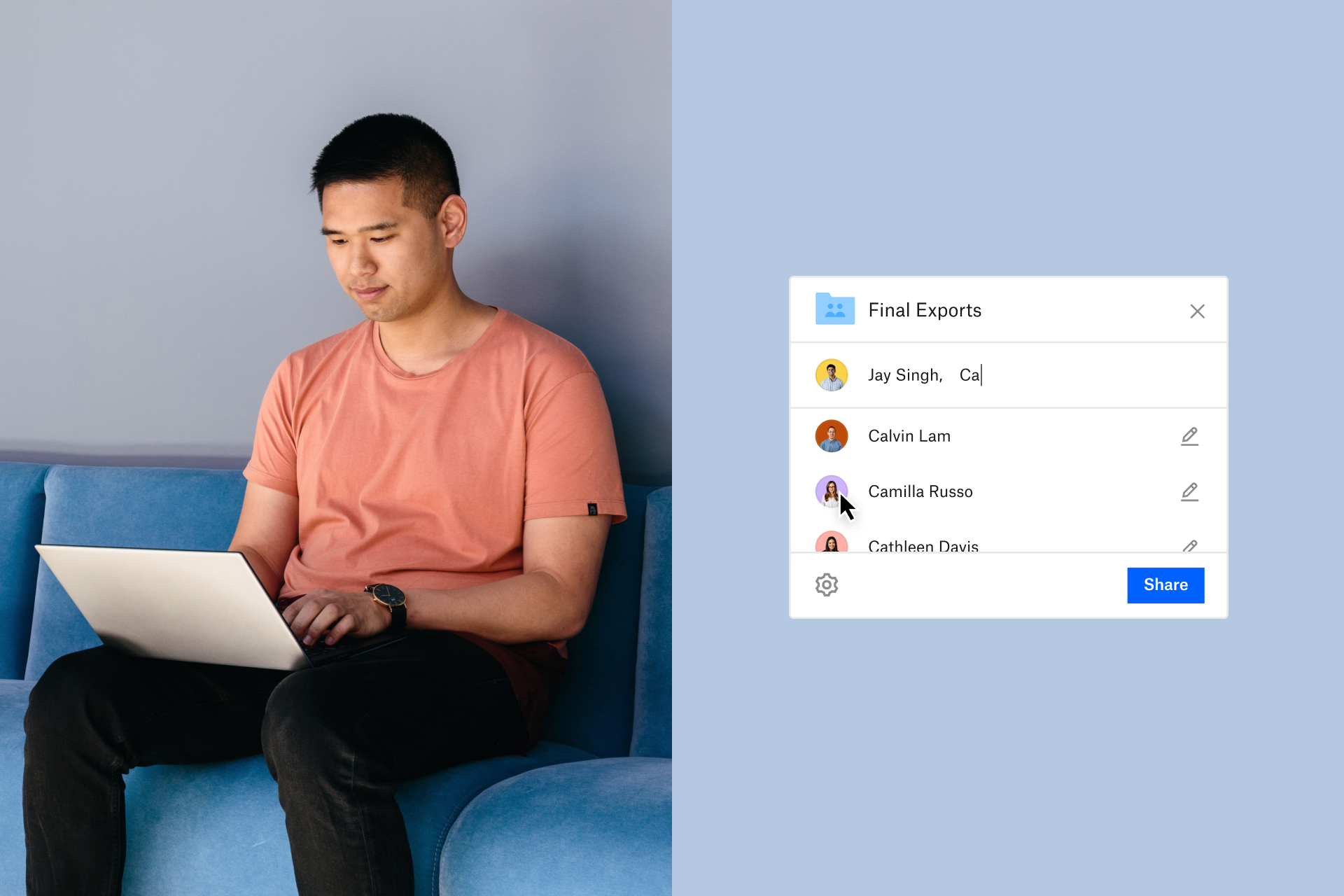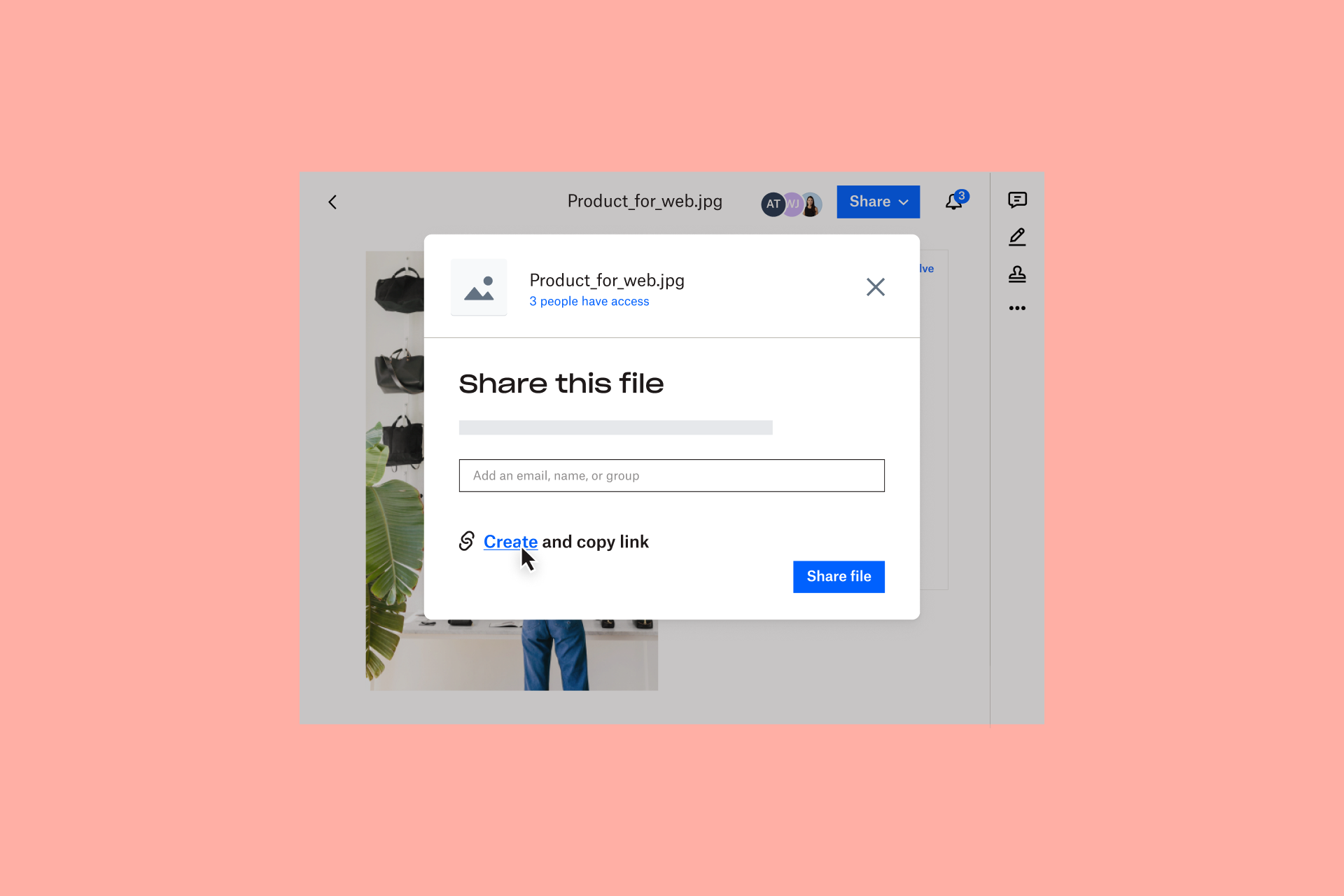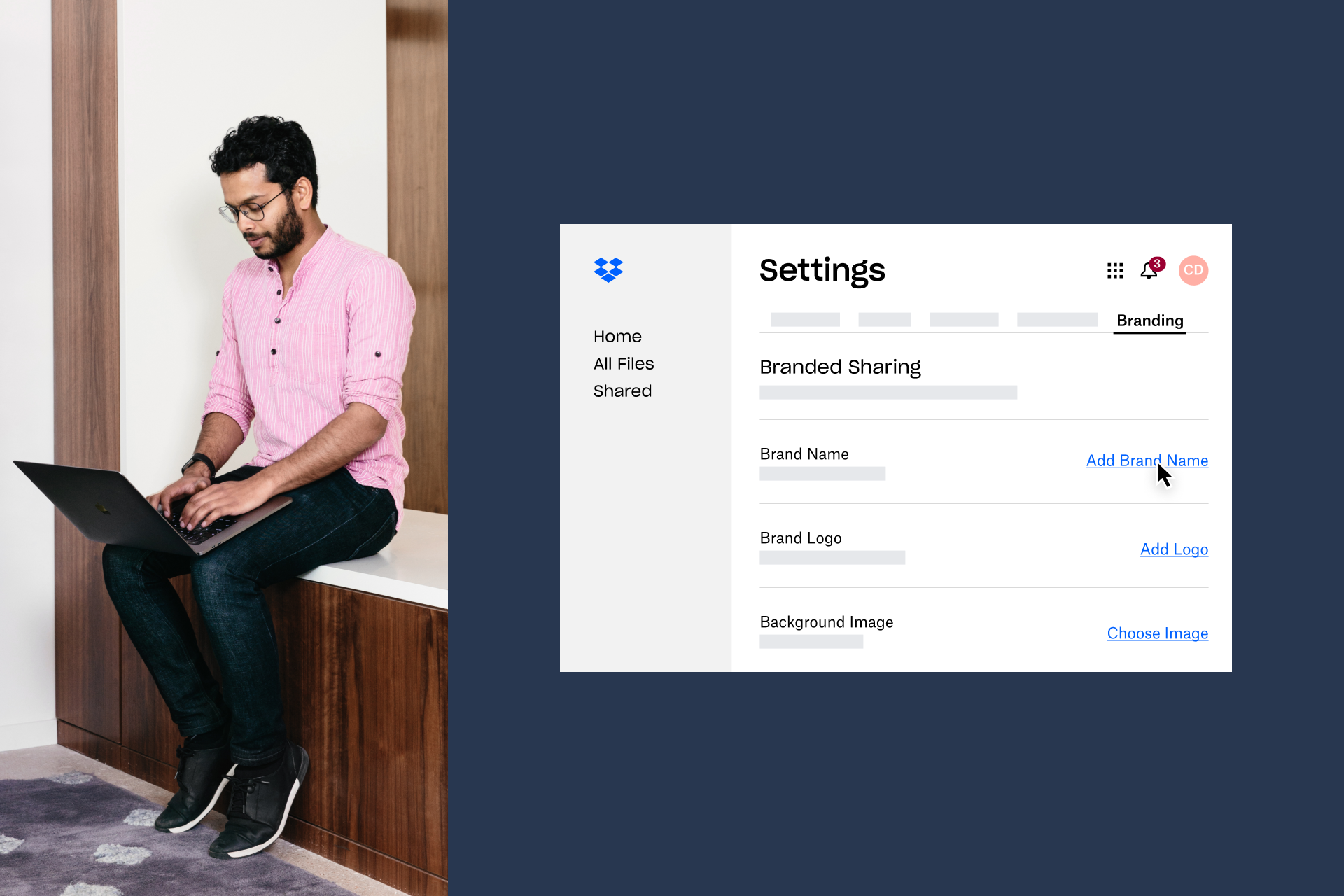Se for deg dette scenariet – du har bestemt deg for å gå solo med fotovirksomheten din og har fått tre kunder i løpet av den første måneden, gode nyheter!
Når fotograferingen er ferdig og de første behandlingene er klare, er det på tide å dele arbeidet ditt med dine entusiastiske – om enn ikke fullt så teknologikyndige – kunder. Ett problem: Den endelige eksporten er på 4 GB, og e-postklienten deres godtar bare vedlegg på opptil 15 MB. Hva nå?
Dette er en utfordring som står overfor alt for mange spirende virksomheter, spesielt de i kategorien som er i rask bevegelse, men som er kjent for underutstyrt soloprenør.
I denne veiledningen for soloprenører og små bedrifter, vil vi dekke hvorfor og hvordan store filoverføringer. Når du er ferdig med å lese, bør du føle deg trygg på at du alltid vil kunne dele filer i alle størrelser, når bedriften din krever det.
Hva er filoverføring og hvordan er det sammenlignet med fildeling?
Filoverføring er prosessen med å flytte digitale filer – som dokumenter, bilder og videoer – fra ett sted til et annet. Disse plasseringene kan være fysiske, som den lokale lagringsløsninger på den bærbare datamaskinen, eller digitale lagringsløsninger som Dropbox.
Hvis du er kjent med dette konseptet, har du uten tvil også hørt referanser til fildeling i samme kontekst. Selv om de to begrepene ofte brukes om hverandre, refererer de faktisk til to forskjellige prosesser:
Filoverføring er en måte å sende en kopi av en fil til et annet sted eller en annen enhet
Fildeling er prosessen med å gi andre brukere tilgang til en eksisterende enkeltversjon av en fil via internett og skybasert teknologi.
For små bedrifter, startups og soloprenører som er avhengige av å sende store filer til kundene sine, er det avgjørende å finne den rette filoverføringsløsningen.
Det finnes mange former for filoverføring, og vi vil grave i hver av disse, slik at du kan ta en informert beslutning om hva som er best for bedriften din.

Hvorfor er filoverføring så viktig for soloprenører og startups?
En soloprenør er en bedriftseier som ikke har andre ansatte enn seg selv til å utføre hovedvirksomheten i virksomheten. Noen vanlige typer solopreneur inkluderer:
Konsulenter og trenere
Bloggere
Kursskapere
e-handelselgere og «dropshippers»
Skapere av podcast, strømming og videoinnhold
Mens store bedrifter og konsern har dedikerte IT-team og bedriftsomfattende teknologiløsninger, vil soloprenører og startups ofte måtte stole på seg selv og sine egne enheter.
Dette betyr at du som soloprenør er eneansvarlig for å ha teknologien til å levere det du trenger. Enten det er innholdsskapere som trenger å overføre store, rå videofiler mellom enheter, eller konsulenter som deler dokumenter med klienter.
Typer filoverføring
Det er mange måter å overføre filer på, både online og offline, hver med sine egne fordeler og brukstilfeller. Fem av de vanligste typene filoverføring inkluderer:
E-postvedlegg
Filoverføringsnettsteder
Skylagring
Flyttbar lagring, som en ekstern harddisk eller USB-flashstasjon
FTP (File Transfer Protocol)
Det er ingen enkelt beste alternativ, og mange av disse tilnærmingene har spesifikke fordeler avhengig av behovene i en gitt situasjon. For å hjelpe med å forstå det hele, skal vi nå utforske hver metode mer detaljert.
E-postvedlegg
Et e-postvedlegg er en metode for filoverføring som innebærer å sende en kopi av en fil til noen via e-post. En kopi av filen lagres i e-posten, som deretter sendes og hentes av e-postklienten til mottakeren.
Fordeler med e-postvedlegg for filoverføring
Raskt og enkelt – å legge ved et dokument til en e-post er så enkelt som dra-og-slipp
Gratis – mange populære e-postklienter lar deg sende og motta e-postvedlegg med en gratis e-postkonto
Ulemper med e-postvedlegg for filoverføring
Filstørrelsesgrenser – du kan vanligvis ikke sende mer enn rundt 25 MB via e-postvedlegg.
Sikkerhet– å sende en fil via e-post betyr å opprette en kopi som eksisterer for alltid og kan videresendes til hvem som helst.
Mangel på kontroll– når det først er sendt, så er det sendt. Det er ikke mulig å hente eller oppdatere et e-postvedlegg når det har gått til mottakeren, selv om du må rette en skrivefeil eller sende feil fil ved en feiltakelse.
Når du skal bruke e-postvedlegg
I den moderne skybaserte datatiden er e-postvedlegg egentlig ikke nødvendig. De er fine hvis du bare trenger å sende noe så snart som mulig og ikke er bekymret for sikkerhetsrisikoer, men andre alternativer er nesten alltid å foretrekke.
Det er like raskt og enkelt å sende en fil via en kobling i stedet, slik at du kan kontrollere hvem som kan se den, samt legge til ekstra sikkerhet som passordbeskyttelse. Og hvis du ønsker å gjøre noen endringer i filen, trenger du ikke å generere en ny lenke til mottakerne. Bare lagre den oppdaterte filen i Dropbox (med samme filnavn og i samme mappe), så vil mottakerne kunne se den nyeste versjonen.

Nettsteder for filoverføring
Et filoverføringsnettsted er en frittstående plattform som du laster opp filer – eller samlinger av filer – til, som deretter konverteres til en lenke som du kan dele med mottakere.
Fordeler med nettsteder for filoverføring
Større filstørrelsesgrenser – med Dropbox Transfer kan du sende opptil 100 GB med filer om gangen
Sikker filoverføring – filoverføringer er kryptert, og du vil alltid ha muligheten til å slette en overføring hvis du vil fjerne tilgangen fra alle som har koblingen
Større kontroll over tilgang – angi passord og utløpsdatoer for lenker for å sikre at filoverføringen bare blir sett av de riktige personene, til rett tid
Tilpassbar profilering—gjør et sterkt inntrykk på klientene og kundene dine med en nedlastingsside som er utstyrt med profileringen til enkeltpersonsforetaket ditt
Leveringsbekreftelse – bli varslet når filene dine er mottatt og nedlastet
Ulemper med nettsteder for filoverføring
Filstørrelsesgrenser eksisterer fortsatt – selv om de er mye større, er filstørrelsesgrenser fortsatt på plass for overføringene dine. Hvis du trenger å sende enda større samlinger av filer, kan du alltid dele dem opp i flere separate < 100 GB-overføringer for å omgå dette.
Når du skal bruke et filoverføringsnettsted
En filoverføringsplattform er en utmerket løsning hvis du ønsker å sende store filer til kundene dine og du ikke vil at de skal ha tilgang til originalen.
Dette er spesielt vanlig når solovirksomheten din dreier seg om å levere video, lyd eller andre store multimediedokumenter til kunder. Familiefotografer, bryllupsvideografer og musikkprodusenter er klassiske eksempler på dette kravet.
Hvis du ønsker å dele eller samarbeide om en enkelt versjon av et dokument, kan en nettskylagringsløsning være bedre egnet for dine behov.

Skylagring
Nettskylagring ligner på lagring på harddisken din, bare at filene lagres på nettet og kan nås via internett.
Ved å lagre filene dine på nettet kan du gi andre tilgang, uten å måtte sende dem en separat kopi. Dette gjør det enkelt å samarbeide og gi tilbakemelding på filer, og alt samles på ett sted.
Fordeler med fildeling med skylagring
Raskt og enkelt – deling av filer er like enkelt som å kopiere en lenke
Uanstrengt samarbeid – skylagring og fildeling gjør det mulig for to personer å jobbe med en fil parallelt. Perfekt når du henter inn en frilanser for å hjelpe i en travel måned!
Samle tilbakemeldinger på ett sted– hvis du jobber med en fil og trenger å dele den med flere personer for gjennomgang, kan du holde ting organisert ved å gi tilgang, i stedet for å sende ut separate kopier.
Ulemper med fildeling med skylagring
Gir tilgang til originalversjonen din – noen ganger vil du ikke at folk skal ha tilgang til originalfilen. I disse tilfellene kan en annen fildelingsløsning være å foretrekke.
Utilsiktet sletting av filer – en intetanende mottaker kan slette originalfilen din, i den tro at det er en kopi som slettes. Heldigvis hjelper Dropbox deg, slik at du kan gjenopprette slettede filer i 30 dager.
Når du skal bruke skylagring til å dele filer
Fildeling med skylagring er ideell når du ønsker å få med deg samarbeidspartnere eller anmeldere på et pågående arbeid. Det lar deg holde deg oppdatert på prosjektet ditt og jobbe sammen fra en enkelt fil.
Hvis du ønsker å levere det ferdige produktet til en kunde, vil det det beste alternativet som regel være å sende en kopi via filoverføring. Ved å gjøre dette gir du dem produktet de har betalt for, og det er deretter for dem å bruke som de ønsker.
Alternative metoder for filoverføring
Flyttbar lagring
Flyttbar lagring er fysisk lagring, som harddisken på datamaskinen din, som kan – du gjettet det – fjernes fra enheten din. Den tilbys i alle former og størrelser, fra mindre USB-flashstasjoner til store eksterne harddiskenheter.
Flyttbar lagring kan brukes til filoverføring ved fysisk å koble den til én enhet, flytte eller kopiere filene til den, deretter koble fra lagringen og koble den til en annen enhet. Selv om det er en relativt enkel metode for filoverføring, er den også treg, manuell og utgjør en sikkerhetstrussel hvis du skulle miste stasjonen.
Mens flyttbar lagring tidligere var en vanlig måte å overføre store filer på, betyr fremskritt innen skyteknologi at en Internett-basert metode nesten alltid vil tjene deg bedre.
FTP
FTP står for File Transfer Protocol, en gammel Internett-protokoll for filoverføring som lar en datamaskin raskt sende filer til en server.
Med utviklingen av nettskyteknologi er det lite sannsynlig at du vil ha behov for FTP, men du kan komme over det når du undersøker løsninger for lagring og deling av filer.
Det anbefales ikke for soloprenører eller startups å bruke FTP som en foretrukket filoverføringsløsning. Velg heller et skybasert fildelings- eller filoverføringssystem, som vil gi deg en bedre opplevelse og sterkere sikkerhet.

Sikre stor fildelingstips for soloprenører og småbedriftseiere
Når du har bestemt deg for en filoverføringsløsning for virksomheten din, er det viktig å holde sikkerheten i sjakk. Tross alt er det bare én av dere, og bedriften din har ikke råd til å bli offer for et sikkerhetsbrudd eller tap av data.
Her er noen beste tips for sikker fildeling du bør huske på:
1. Bruk skylagring, slik at deling og samarbeid er like enkelt som å kopiere en lenke
Husk at filoverføring ikke alltid er nødvendig, og deling via nettskylagring kan være en fin måte å holde oversikt over versjonskontroll og administrere filtilgang.
Med Dropbox kan du lagre filene dine i nettskyen, slik at du kan samarbeide uavbrutt med andre eller dele tilgang når du trenger det.
2. Når du trenger å overføre, sørg for at den er kryptert
Filoverføringskryptering er et viktig sikkerhetstiltak som koder data for å hindre at utenforstående kan lese eller forstå dataene som overføres. Enkelt sagt, kryptering beskytter dataene i filoverføringene dine mot potensielle hackere.
Derfor krypteres alle filer du sender med Dropbox Transfer, for å beskytte dem mot sikkerhetstrusler.
3. Gjør et godt inntrykk – tenk på merkevarebasert filoverføring for å vise frem din egen virksomhet
Førsteinntrykket er viktig, spesielt når virksomheten din fortsatt er i en tidlig fase.
Du har allerede lagt ned krefter på å lage en logo, en visuell identitet og potensielt til og med et nettsted eller sosial tilstedeværelse. Filoverføringene dine bør ikke være noe unntak.
Med tilpassbar profilering for nedlastingssiden til overføringen din, kan du være sikker på å gjøre et varig inntrykk på kundene dine.
4. Husk å sikkerhetskopiere for et ekstra lag med filsikkerhet
Selv med nettskylagring er dine lokale data og filer fortsatt i faresonen. Når bedriften din lever og ånder på én bærbar PC – din bærbare PC – lønner det seg å ha en sikkerhetskopiløsning på din side.
Dropbox Backup lager et øyeblikksbilde av filene og mappene på enheten, slik at du kan gå tilbake til en nylig versjon av dataene dine hvis det oppstår en kritisk feil.
Få alle disse sikre fildelingsfunksjonene på ett sted med Dropbox
Uansett hva slags soloprenør-virksomhet du driver, har vi alt du trenger, samlet på ett sted.
Fildeling med Dropbox er raskt og enkelt. Ved å dele en kobling kan du sende hva som helst til hvem som helst, selv om de ikke har en Dropbox-konto.
Og når du trenger å sende noe litt større, er det enkelt å overføre en stor fil – eller en samling av filer – på en sikker måte med Dropbox Transfer.


